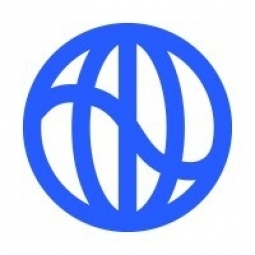Technology Category
- Analytics & Modeling - Computer Vision Software
- Application Infrastructure & Middleware - Blockchain
Applicable Industries
- Mining
- Renewable Energy
Applicable Functions
- Procurement
Use Cases
- Continuous Emission Monitoring Systems
Services
- Hardware Design & Engineering Services
About The Customer
Square is a financial services and mobile payment company that aims to create an inclusive global economy. They offer a range of products and services, including hardware devices and bitcoin trading. Square is committed to economic empowerment and sustainability, which extends beyond their own operations to the wider ecosystem. They have a vision to achieve net zero carbon by 2030 and are proactive in their efforts to reduce carbon emissions across all aspects of their business. Square is also invested in the potential of bitcoin as a pathway to a more participatory global monetary system, despite the sustainability challenges associated with bitcoin mining.
The Challenge
Square, a company with a vision to create an inclusive global economy, recognized the threat of climate change, especially to underserved communities worldwide. Despite their efforts to build products sustainably and reduce packaging, they realized that their purpose of economic empowerment needed to extend to their climate program. They aimed to achieve net zero carbon by 2030 and accelerate the conversion to renewable energy for bitcoin mining. However, achieving this ambitious goal required a comprehensive approach that went beyond merely offsetting emissions from their offices. They needed to reduce carbon across all business aspects and fund verified carbon removal for remaining emissions. Furthermore, they faced the challenge of addressing the high energy consumption associated with bitcoin mining, which they viewed as a pathway to a more participatory global monetary system.
The Solution
To tackle these challenges, Square established a new sustainability team within their finance organization, led by Neil Jorgensen, who had experience in making operations carbon neutral. They partnered with Watershed to enhance their climate efforts. This partnership provided teams across Square with the necessary information and tools to take action. For instance, the Hardware team began conducting life cycle assessments of products to design them in a lower carbon way. Square also decided to address the broader bitcoin ecosystem's emissions, beyond those processed in its own products. They launched the Bitcoin Clean Energy Investment Initiative, a $10 million commitment to promote the adoption and efficiency of renewables within the bitcoin ecosystem. This initiative aimed to transition bitcoin from a carbon cost center to an accelerant of green energy.
Operational Impact
Quantitative Benefit

Case Study missing?
Start adding your own!
Register with your work email and create a new case study profile for your business.
Related Case Studies.
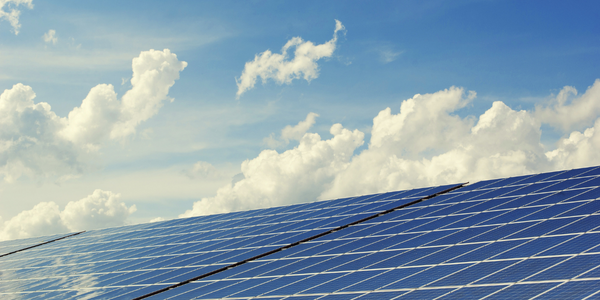
Case Study
Remote Monitoring & Predictive Maintenance App for a Solar Energy System
The maintenance & tracking of various modules was an overhead for the customer due to the huge labor costs involved. Being an advanced solar solutions provider, they wanted to ensure early detection of issues and provide the best-in-class customer experience. Hence they wanted to automate the whole process.
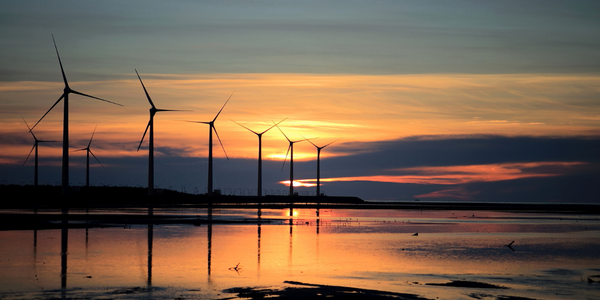
Case Study
Vestas: Turning Climate into Capital with Big Data
Making wind a reliable source of energy depends greatly on the placement of the wind turbines used to produce electricity. Turbulence is a significant factor as it strains turbine components, making them more likely to fail. Vestas wanted to pinpoint the optimal location for wind turbines to maximize power generation and reduce energy costs.
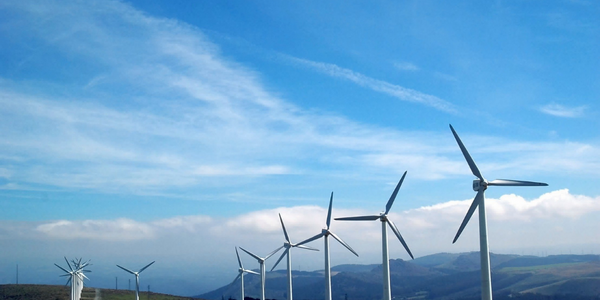
Case Study
Siemens Wind Power
Wind provides clean, renewable energy. The core concept is simple: wind turbines spin blades to generate power. However, today's systems are anything but simple. Modern wind turbines have blades that sweep a 120 meter circle, cost more than 1 million dollars and generate multiple megawatts of power. Each turbine may include up to 1,000 sensors and actuators – integrating strain gages, bearing monitors and power conditioning technology. The turbine can control blade speed and power generation by altering the blade pitch and power extraction. Controlling the turbine is a sophisticated job requiring many cooperating processors closing high-speed loops and implementing intelligent monitoring and optimization algorithms. But the real challenge is integrating these turbines so that they work together. A wind farm may include hundreds of turbines. They are often installed in difficult-to-access locations at sea. The farm must implement a fundamentally and truly distributed control system. Like all power systems, the goal of the farm is to match generation to load. A farm with hundreds of turbines must optimize that load by balancing the loading and generation across a wide geography. Wind, of course, is dynamic. Almost every picture of a wind farm shows a calm sea and a setting sun. But things get challenging when a storm goes through the wind farm. In a storm, the control system must decide how to take energy out of gusts to generate constant power. It must intelligently balance load across many turbines. And a critical consideration is the loading and potential damage to a half-billion-dollar installed asset. This is no environment for a slow or undependable control system. Reliability and performance are crucial.
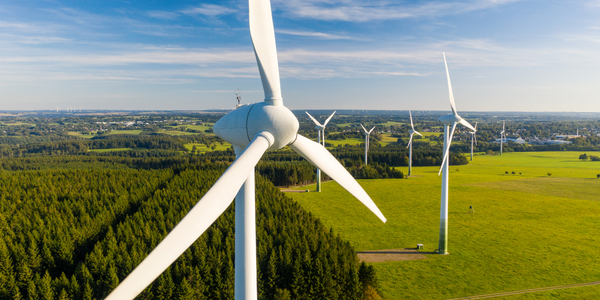
Case Study
Remote Monitoring and Control for a Windmill Generator
As concerns over global warming continue to grow, green technologies are becoming increasingly popular. Wind turbine companies provide an excellent alternative to burning fossil fuels by harnessing kinetic energy from the wind and converting it into electricity. A typical wind farm may include over 80 wind turbines so efficient and reliable networks to manage and control these installations are imperative. Each wind turbine includes a generator and a variety of serial components such as a water cooler, high voltage transformer, ultrasonic wind sensors, yaw gear, blade bearing, pitch cylinder, and hub controller. All of these components are controlled by a PLC and communicate with the ground host. Due to the total integration of these devices into an Ethernet network, one of our customers in the wind turbine industry needed a serial-to-Ethernet solution that can operate reliably for years without interruption.

Case Study
Temperature monitoring for vaccine fridges
Dulas wanted a way to improve the reliability of the cold chain, facilitating maintenance and ensuring fewer vaccines are spoiled. Dulas wanted an M2M solution which would enable them to record and report the temperature inside vaccine refrigerators.
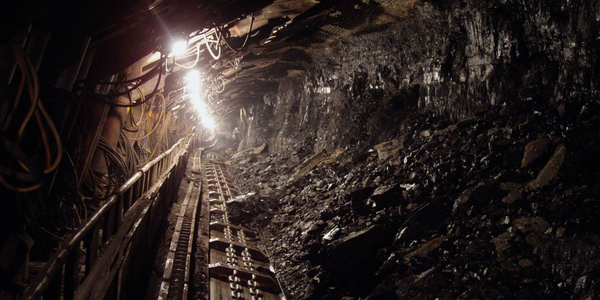
Case Study
Underground Mining Safety
The goal was to produce a safety system to monitor and support underground mining operations; existing systems were either too simple (i.e. phone line) or overly complex and expensive, inhibiting deployment, and providing little-to-no support in event of an accident. Given the dangerous nature of the mining work environment and the strict regulations placed on the industry, the solution would have to comply with Mine Safety and Health Administration (MSHA) regulations. Yet the product needed to allow for simple deployment to truly be a groundbreaking solution - increasing miner safety and changing daily operations for the better.




